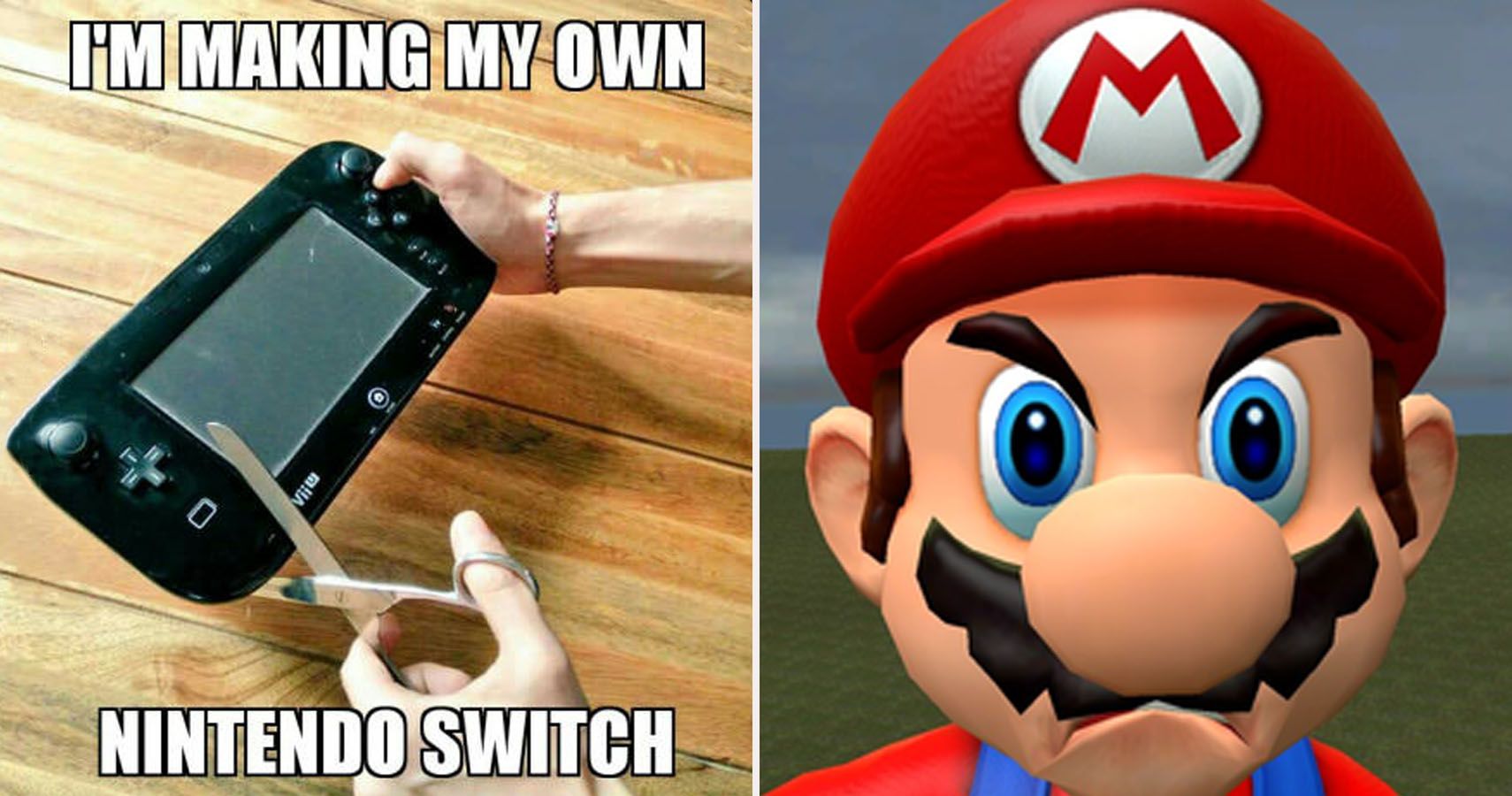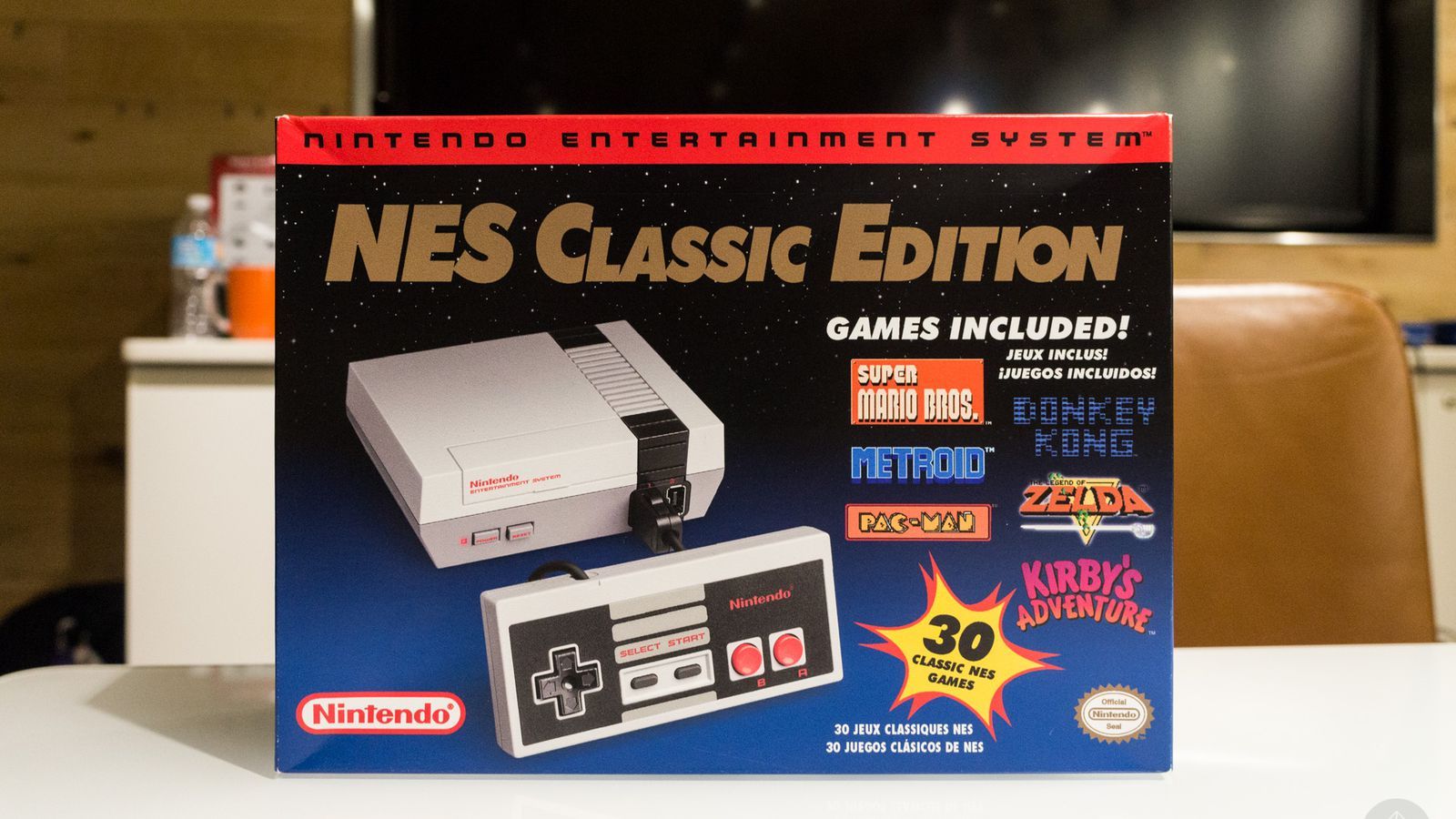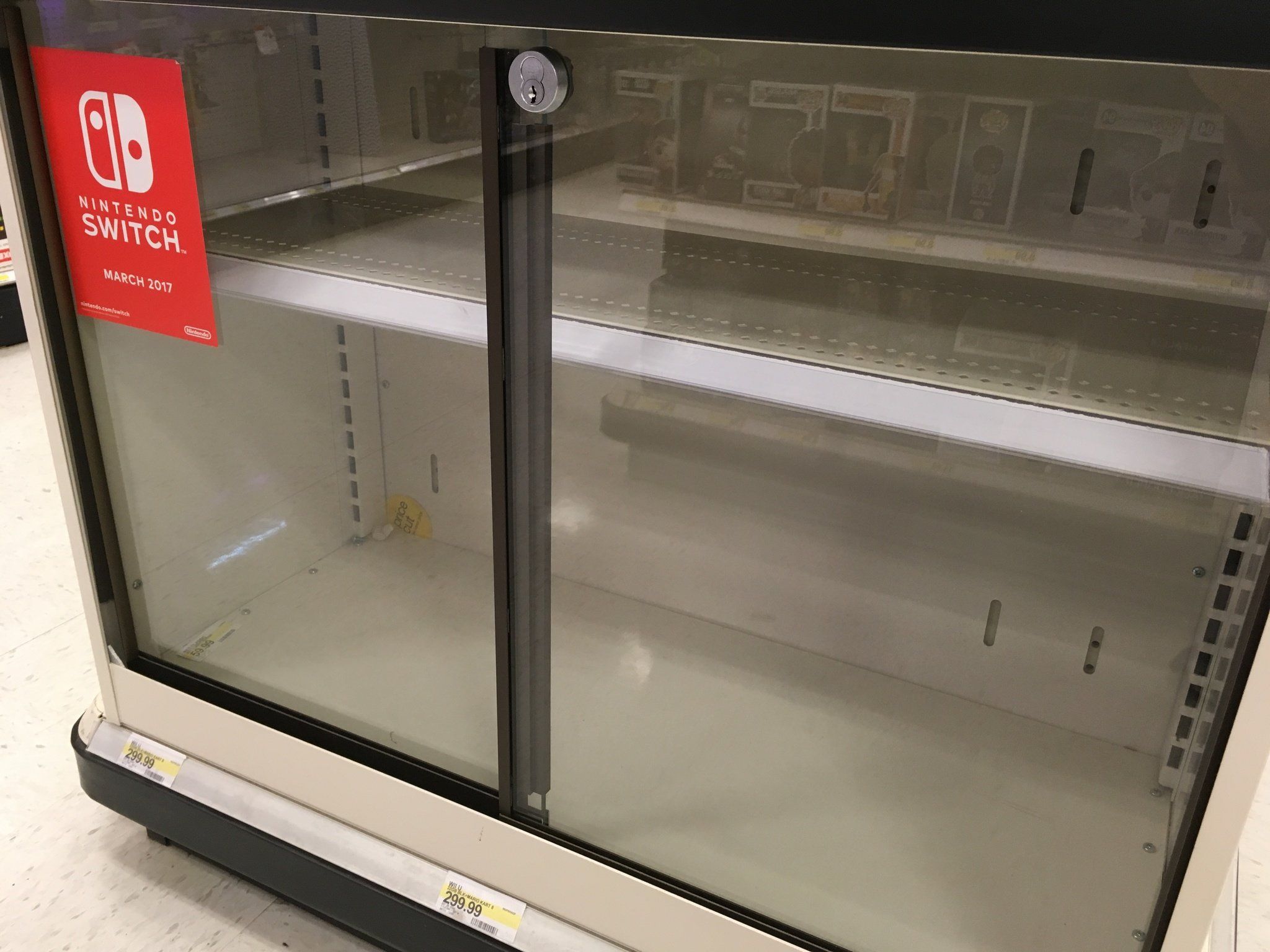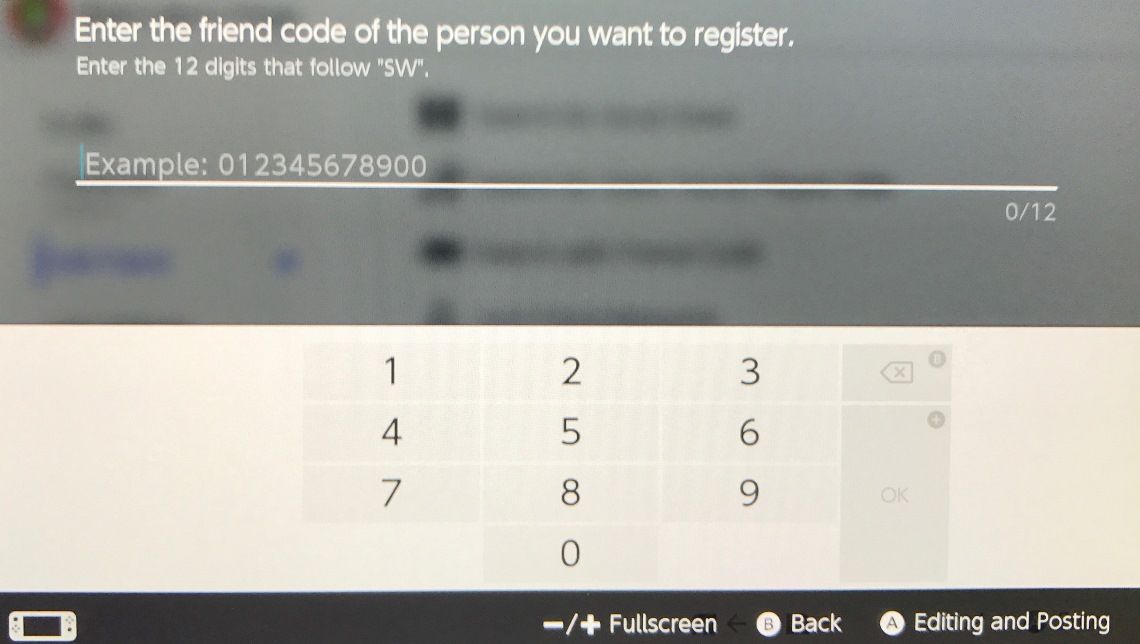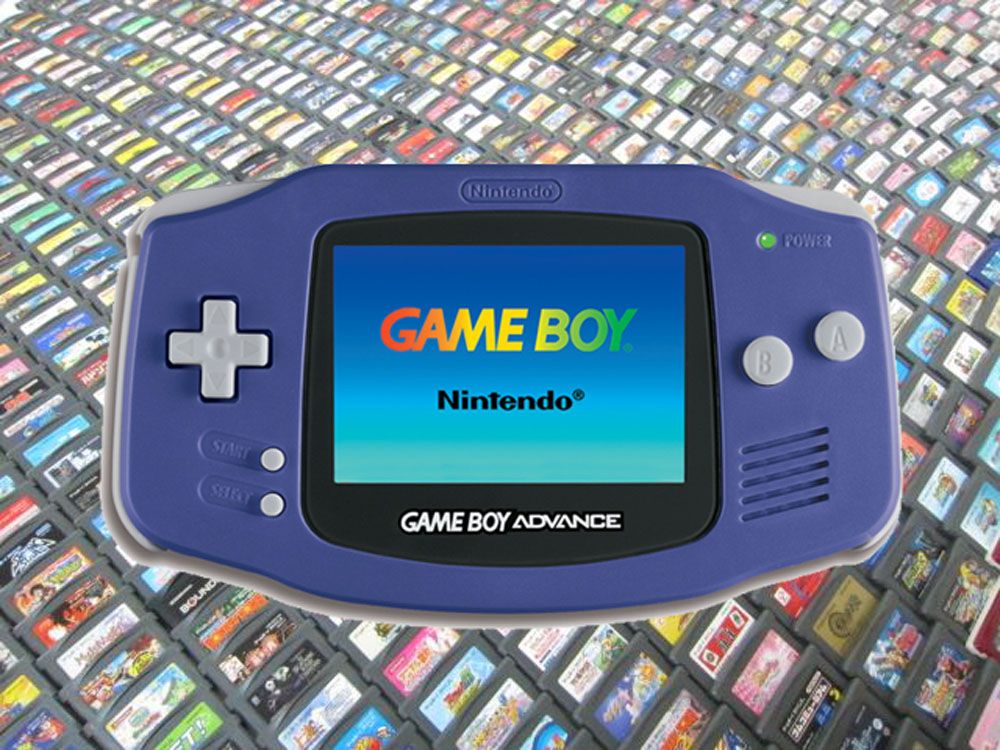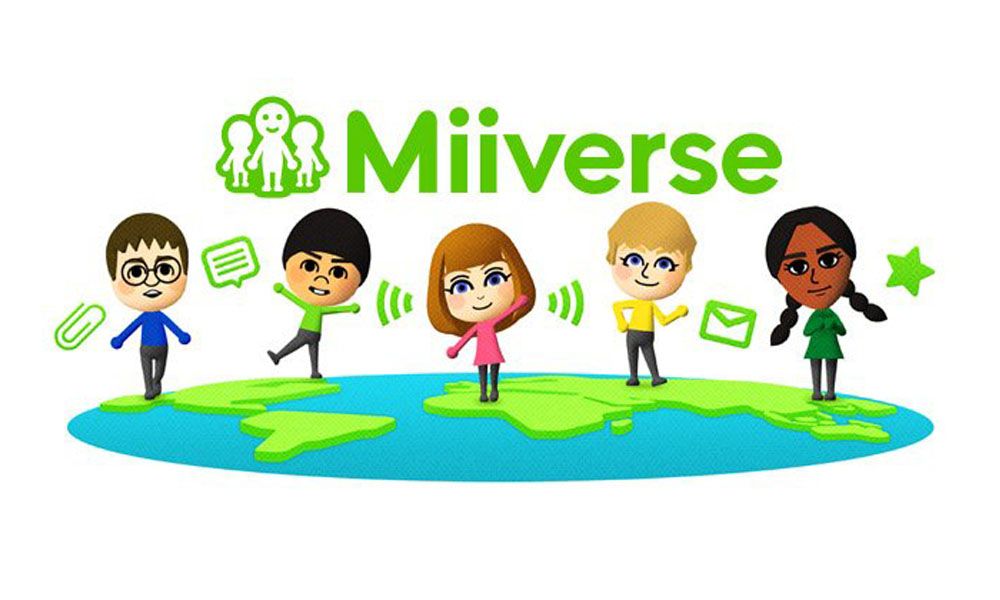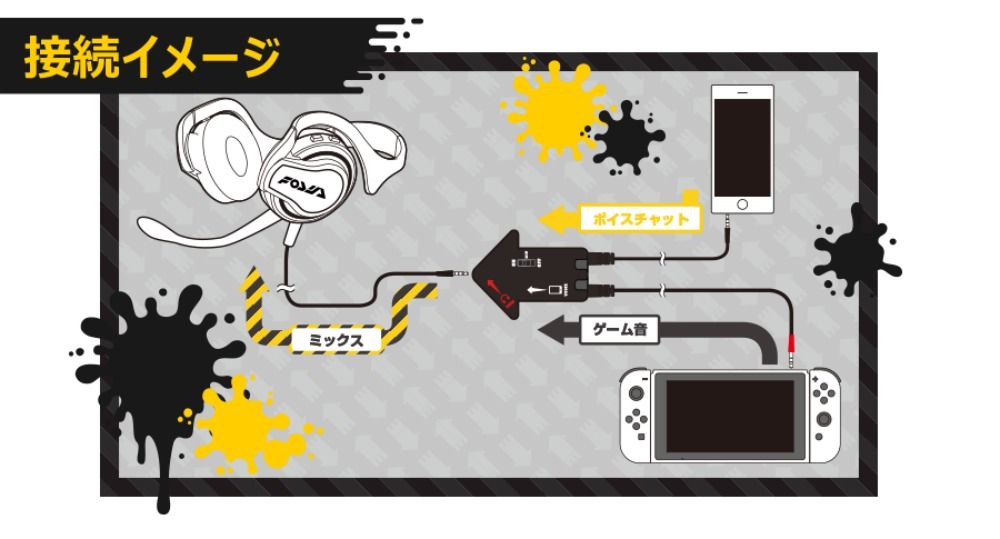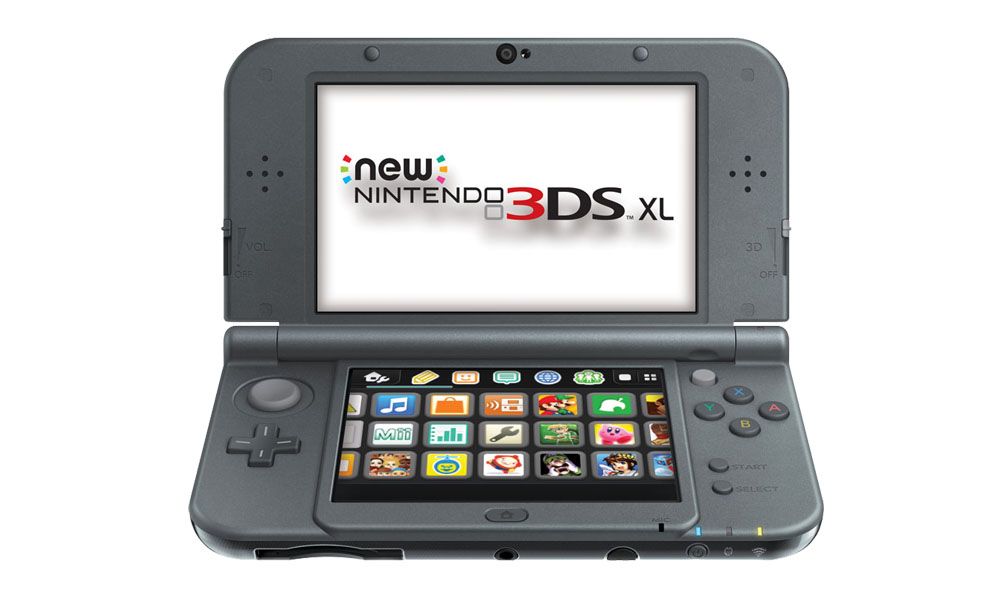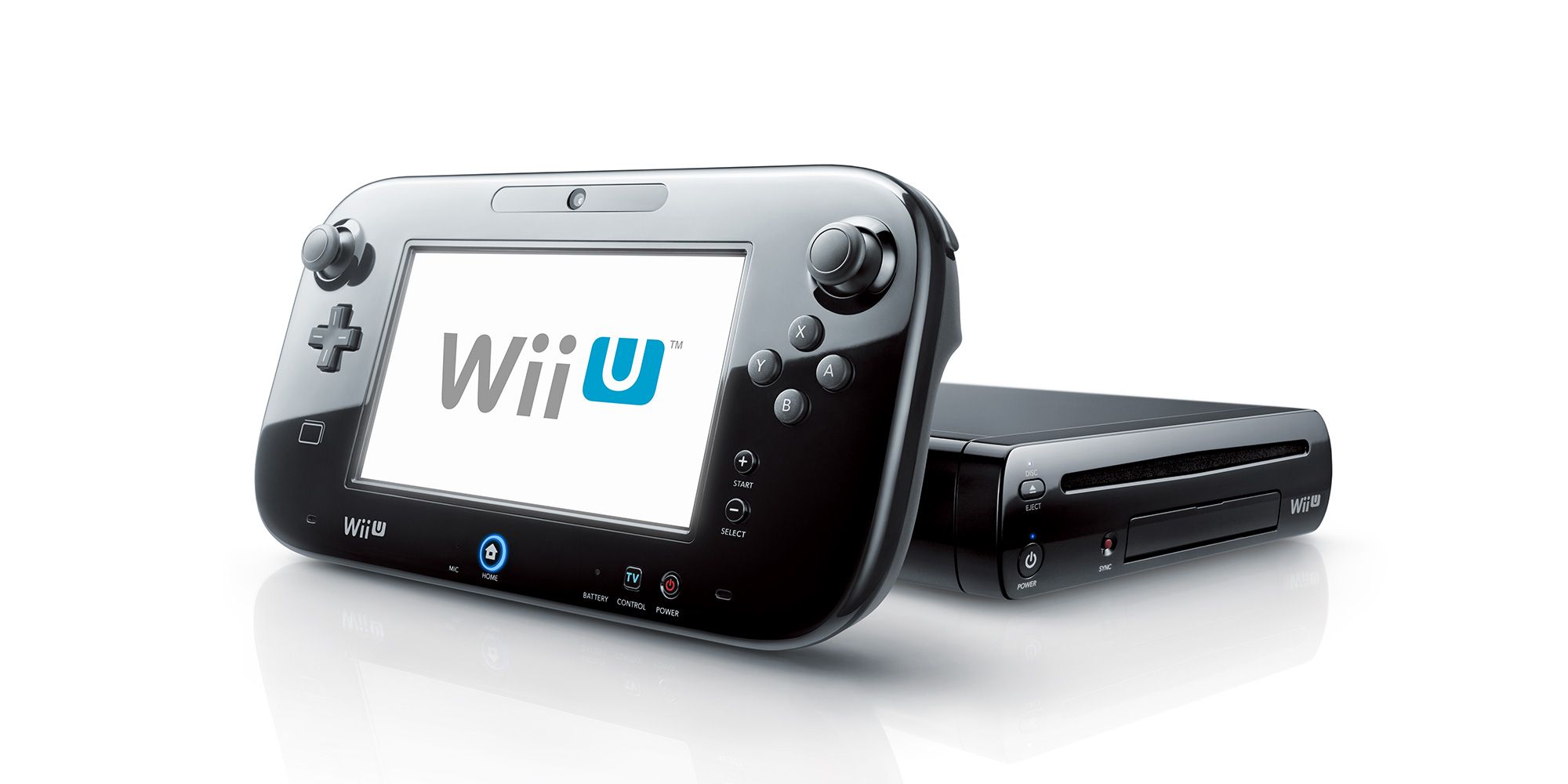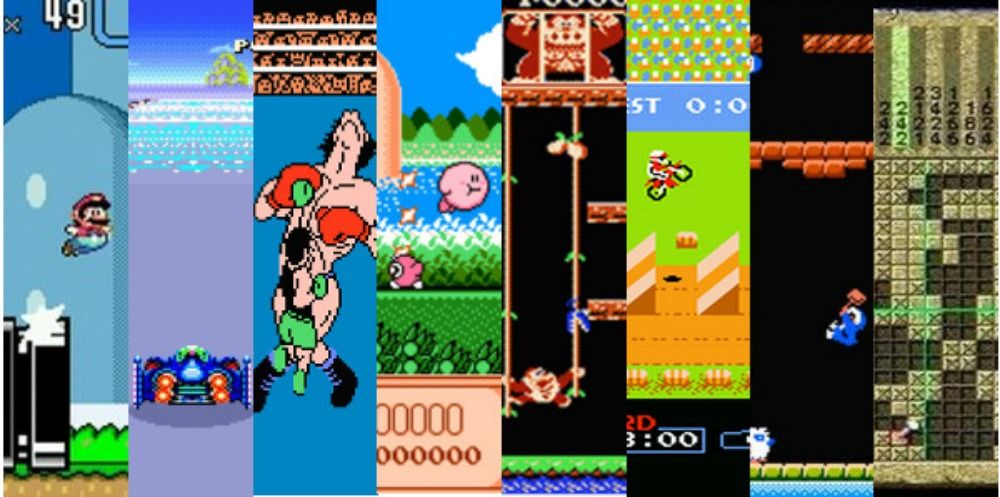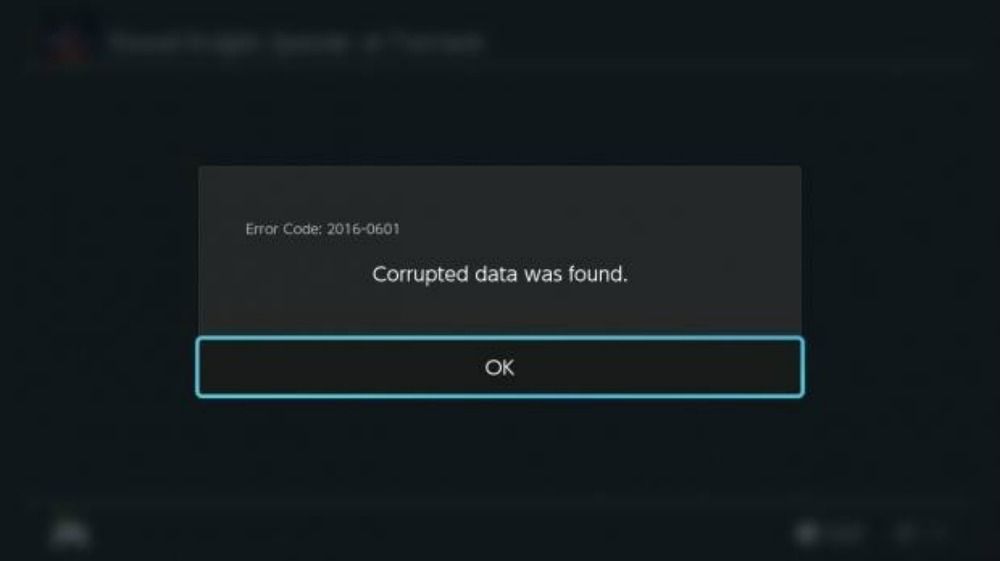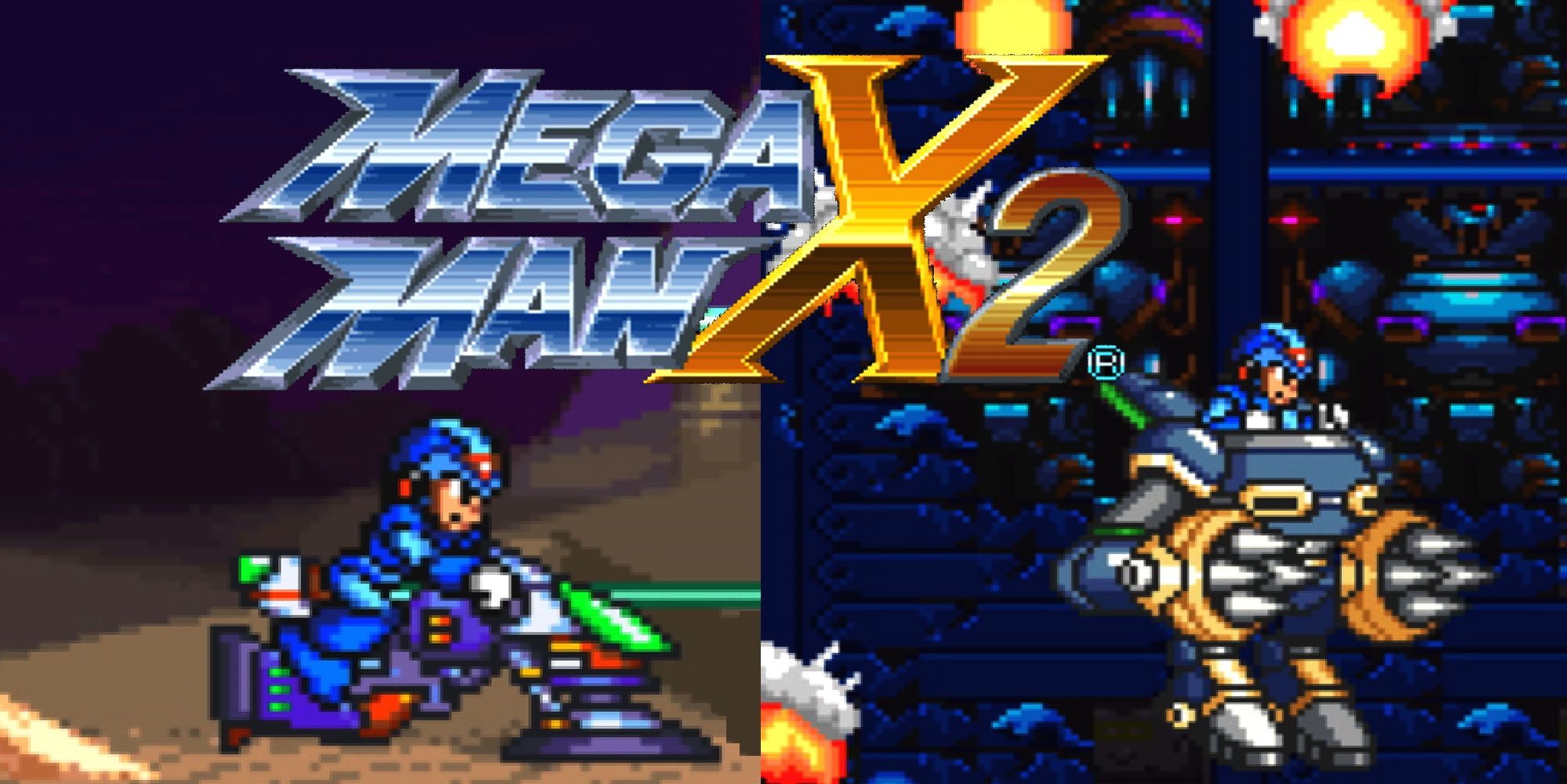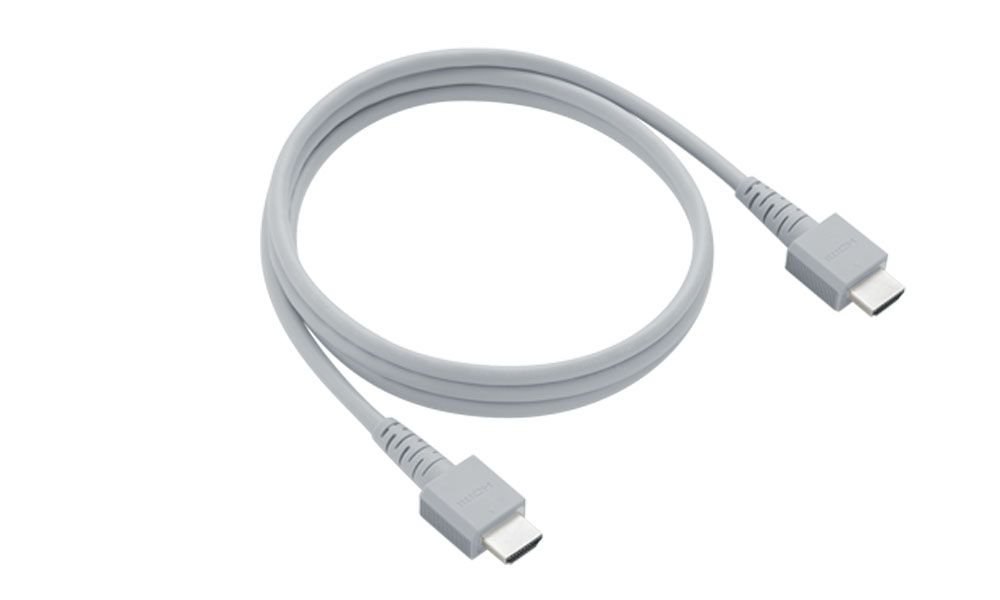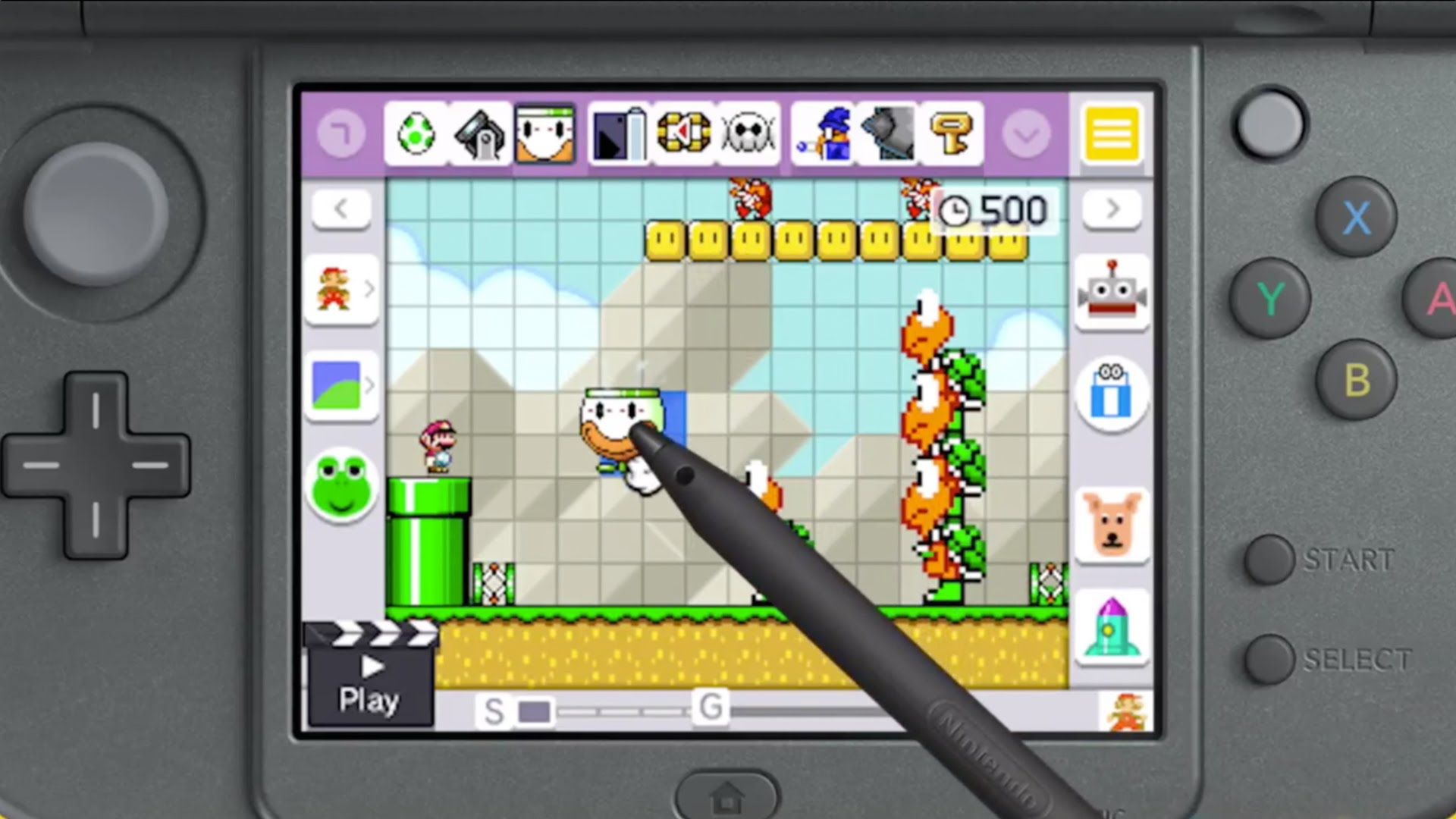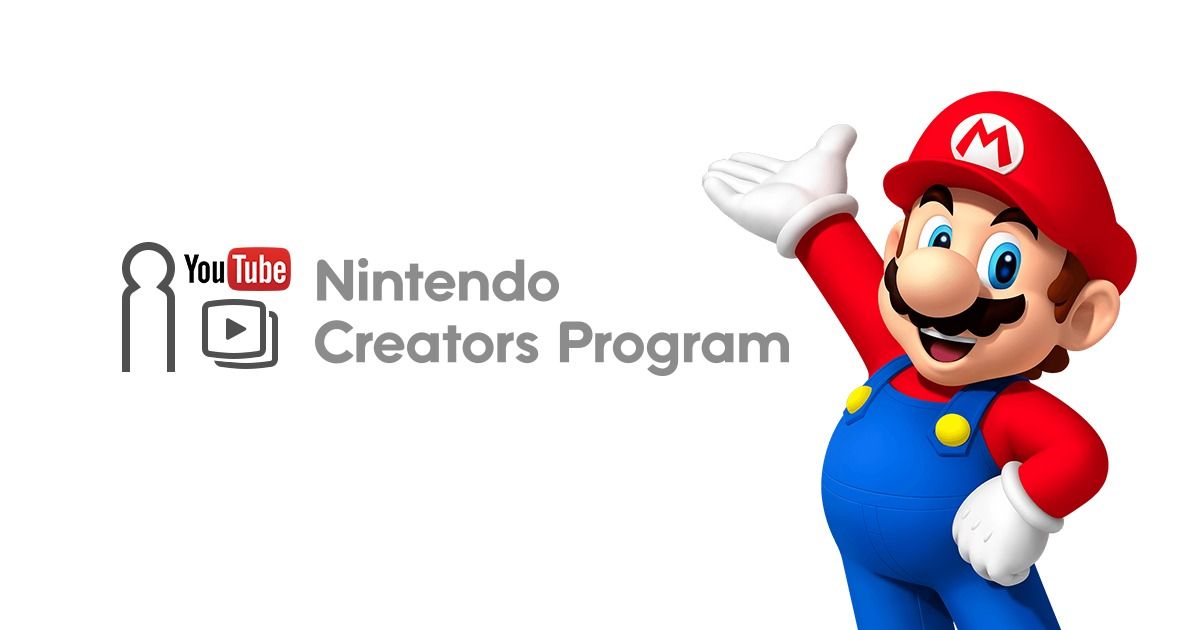Nintendo ascended to the top of the video game industry in the early 80s. Since then, they’ve either remained at the summit or near it for over 30 years. You don’t stay that successful for that long without making a ton of smart, oftentimes brilliant, decisions along the way. But for every sensible idea, Nintendo also possesses a penchant for making bizarre decisions that elicit a universal response from all of us watching: “huh?”
But sometimes that can be a good kind of “WTF?”. Many people thought a dual-screen handheld wouldn’t work and the DS became a massive success. A lot of us laughed off the Wii’s motion controls as a silly idea destined to fail and were proven wrong 100 million console sales later. Being zany often equates to success for Nintendo–except when it comes at the expense of making logical sense. And Nintendo, unfortunately, crosses that line more often than not.
When they’re not failing to take advantage of obvious modern trends, they’re shooting themselves in the foot with absurd supply shortages on their hottest products. Or maybe they’re just screwing up a concept as simple as online voice chat. I’m continually amazed at how an entity capable of so much genius can simultaneously appear to be so inept. We’ve reached a point where not making sense has become a hallmark for the gaming giant. Any question about their senseless strategies can only be answered with “because Nintendo.” If you don’t believe me, I present a batch of Nintendo’s most nonsensical behaviors and decisions as of late.
15 Their Frustrating Handling Of Their Retro Mini-Consoles
Any company would kill to have a product as in-demand as the NES Classic Edition was during the 2016 holiday season. Any company would do its best to try and meet said demand in order to rake in as much profit as possible. Nintendo’s not just any company, which can be both a blessing and a curse. The latter rang true in this case.
Let’s look at the NES Classic’s brief history. It hit store shelves before shoppers devoured it shortly thereafter. After just a handful of months of being the holy grail in video games, Nintendo abruptly discontinued the mini-console while consumer interest remained white-hot. Why not keep the gravy train rolling just a bit longer? Some speculated the move was done to allocate resources to increased Switch production or to avoid upstaging an impending Virtual Console launch Switch–which still hasn’t occurred yet. Whatever the reason, Nintendo created a frustrating air of anxiety when it comes to trying purchasing its mini-consoles. That feeling only increased two-fold with the announcement of the upcoming Super NES Classic Edition.
14 A Recurring Inability To Meet Product Demands
For a company that pumps out as many successful products as Nintendo, their continued failure to effectively get those items in as many consumer hands as possible never ceases to stupefy. The trend began with the NES and has reared its ugly head with the N64, Wii, and Amiibos, among other items. We’re currently reliving this nightmare again with the Switch, in-store sightings of which have become gaming’s equivalent to spotting the Loch Ness Monster (and may be changing soon, hopefully). It’s tempting to argue that any business would have trouble meeting such a rabid demand. However, big companies like Apple release equally in-demand items and do far better jobs of handling supply shortages, especially in terms of customer communication. There may be more to it than that, but after years of repeating the same song and dance, you’d think Nintendo would be better about allowing its fanbase to lob money at them.
13 How They Continue To Utilize Friend Codes
Why? Why are we still doing this in 2017? Other companies already figured out how to let players manage their console friends list easily and intuitively. For the Switch, Nintendo literally just had to copy what’s been done and maybe add a few of their own unique quirks. Instead, they stuck with a system that felt tedious and archaic in 2006 and has only worsened in the decade plus since. Looking up friends shouldn't involve any more steps than typing a name and sending an invite. Is Nintendo pushing this laborious process to help discourage young players from adding strangers in an effort to “protect” them? Maybe they wish to test the strength of friendships. After all, only true friends would endure such an ordeal just to play Mario Kart 8 online together. Any of those absurd explanations make more sense than whatever their motives are for keeping friend codes alive in this day and age.
12 Making Games Available On The Wrong System
When Nintendo abruptly slashed the price of the 3DS mere months into its lifecycle, the company placated annoyed early adopters with the Ambassador Program. The initiative rewarded these owners’ enthusiasm with a free collection of digital Game Boy Advance titles, including standouts like Metroid Fusion and The Legend of Zelda: The Minish Cap. Everyone else assumed that this move heralded an eventual wide release of a GBA Virtual Console. For whatever reason, that never happened and no one can make sense as to why. Clearly the 3DS can run such software–the New 3DS likely more so. What’s the deal?
This issue became more puzzling years later when GBA games began arriving on the Wii U eShop. Playing Advance Wars on my TV (or in any form, really) has some appeal, but many of those games are simply better suited for playing on the go. Also, why on earth would you exclusively release GBA games on a poor-selling home console and not on the thriving handheld?
11 Abandoning Much-Loved Features For Switch
Miiverse stood as one of the Wii U’s most unique and well-received features. The social space’s friendly atmosphere and creative spirit–fueled by thousands of user-created doodles–made it a treat to observe as well as engage. Bringing Miiverse to Switch, a platform owned by more than six people, could have blown it up into something grander. Though the decision to axe it appears partly done in favor of integrating more popular platforms like Twitter and Facebook, I’m not convinced that both services couldn’t coexist. Let me sketch my crude interpretation of Tingle and upload it to Twitter. Instead, the Switch features an admittedly clean though overly bland Sony-esque crossbar menu. Nintendo catches a lot of flak for not being like the other guys, but this is one instance where following status quo was the less favorable move compared to doing creative.
No StreetPass on Switch makes even less sense. I carry the thing around, may as well let me collect puzzle pieces along the way. Furthermore, the Switch’s increased power could have paved the way for more advanced Mii Plaza games, diversions that proved popular on 3DS.
10 Their Horrendously Flawed Approach To Online Voice Chat
Nintendo thought offloading online voice chat functions to a mobile phone app would be a nifty idea. That decision alone can be torn apart by one simple question: if I need my phone to voice chat, why wouldn’t I just make a regular phone call instead? Let’s say that doesn’t stop you from downloading the app. Be sure to keep it active, though. Doing anything outside of the online app (like checking social media while waiting for Splatoon matches to start) closes it entirely, abruptly ending your chat session and ruining your multiplayer fun.
If that wasn’t enough, the app also shuts down when the phone goes to sleep or if the screen locks. Now you’re chatting with power! As in literally, all of your phone’s power, as well as your attention, must be concentrated to Nintendo’s online app for it to function because heaven forbid you want to check an email between multiplayer rounds. Also, just look at that needlessly complicated setup in the image above. Do I need to explain why this chat policy makes limited sense?
9 The Appeal Of Mid-Cycle Consoles
People tend to overlook that Nintendo kicked off the current trend of mid-cycle console upgrades with the New Nintendo 3DS. The not-quite-a-successor to the 3DS packed a boost in horsepower, a new c-stick, and additional shoulder triggers, opening up new gameplay avenues. Unfortunately, adopters (myself included) were never treated to any software that took full advantage of their upgrade.
Xenoblade Chronicles 3D, a port of the 2012 Wii JRPG, remains the lone New 3DS exclusive title. If Shulk’s adventure didn’t light your world on fire, about 90% of the reasons to own the handheld went out the window. The power bump isn't much and only a scant amount of games utilize the dual stick controls. Where’s the incentive to upgrade? Not to mention the head-scratching decision to omit a charger in the package itself. Nintendo recently launched the New Nintendo 2DS (a redesign lacking the 3D function) while discontinuing production of the original line of New 3DS. However, the company still needs to answer the question that’s been plaguing the device since launch: who is this thing for?
8 A Failed Console That Never Made Sense
In my past life as an employee in video game retail, convincing customers of the Wii U’s attractiveness became one of the hardest parts of the job. Sales conversations regularly went down like this:
Customer: “What’s up with that huge tablet thing?”
Me: “You can play games on it too”
Customer: “Why?”
Me: “Well...it helps if someone else is using the TV. I guess.”
Customer: “Do any games use that other screen for stuff?”
Me: “Yes. Well, a couple. But not really.”
Customer: “Can I use it to play Zelda in bed or on the toilet?”
Me: “If you live in a studio apartment or prison cell, probably, yeah.”
My honesty as a salesman probably didn't do the Wii U any favors. However, the Wii had the draw of accessible motion controls. The Switch can be taken anywhere. The Wii U’s selling point, the GamePad, never had a sensible purpose. If you live alone, you’re looking at the TV. If you have to forfeit TV rights, odds are you’re still stuck in the living room due to GamePad’s limited signal range. People couldn’t even understand what the console’s name meant. Though it had its moments, the only thing that made sense about the Wii U was its necessity as a half-step towards the vastly superior Switch.
7 How Tough They're Making It To Play Classic Games
I don’t think it’s a stretch to say that Nintendo boasts the strongest back catalog of any publisher. Unfortunately, they can make it needlessly troublesome to experience those classics. The Virtual Console was a cool platform, though it had the annoying drawback of having to repurchase the same titles across multiple iterations of it. A Switch version of the service seems like a bonafide home run. However, the company appears primed to ax it in favor of offering select classic games as part of its planned subscription-based online service–which won’t be arriving until 2018.
If you need a box that plays old-school Nintendo games in the meantime, you can purchase the NES Class–oh wait. Well, you can always get your hands on the Super NES Classic Edition... hopefully, maybe. If the Virtual Console does wind up going the way of the dodo, your only options for playing Super Mario Bros 3 are to either plug in your old consoles, track down and pay absurd prices for a mini-console, or hold on until next year.
6 The Switch's Terrifying Save Data Dilemma
The Switch is a wonderful device for several reasons, but it sports one fatal flaw: players have no way to transfer or backup save data. Presently, owners can either save data to the system’s questionably small 32GB internal storage or maybe to an SD card. If data gets erased or corrupted, you’re just out of luck. No cloud saves, no nothing.
So how do you protect the 100 hours you’ve invested in The Legend of Zelda: Breath of the Wild? Pray to your chosen deities that your Switch doesn’t get lost/stolen or decides to commit hardware seppuku, especially since Nintendo themselves may be incapable of rescuing your data. For hardware designed to be taken out and about (the very act of which increases the likelihood of potential damage) this is a nonsensical and inexcusable oversight. Though Nintendo states they’re working on a fix, I would love to hear their explanation for excluding such a basic and crucial function in the first place.
5 The Reason Behind The Lack Of SNES Games On Standard 3DS
In what felt like an attempt to give New Nintendo 3DS some kind of identity (and justification for owning the damn thing), the company introduced digital Super Nintendo games as a New 3DS eShop exclusive. This left standard 3DS owners feeling left out in the cold, and they angrily hoisted their pitchforks over the absurdity of the decision. What on earth could Nintendo be thinking?
Apparently this: “New Nintendo 3DS has an improved CPU, which enables Super NES games to run on the system with quality results.” That’s according to a Nintendo representative speaking on the matter. I won’t pretend to fully understand emulation or the 3DS’ nuts and bolts, but considering the system can run GBA games and advanced modern titles without a hiccup, that explanation doesn’t add up for me. Is it that tough to get EarthBound to run on a device that released in 2011?
4 How They Continually Miss The Boat On Technology No-Brainers
At times, Nintendo possesses an incredible knack for giving people experiences they never knew they wanted. See the DS, Wii, and Switch for proof. Conversely, they have a horrible track record of missing out on seemingly obvious technology trends.
When CD-ROMs were rapidly becoming the standard in the 90s, the company stuck with cartridges for the N64. When online gaming took off in the 2000s, then-president Satoru Iwata famously stated their customers “do not want online games”. In fact, their approach to online gaming in general still has room for improvement. The Wii lacked HD output, with the Wii U bringing Nintendo to the high-def party about six years late. Somehow most phones still have higher quality screens than the 3DS. Just once it’d be nice to own a Nintendo product that felt future proofed and not immediately obsolete in some fashion.
3 Ditching Online Sharing For Super Mario Maker 3DS
Super Mario Maker on Wii U had three main hooks: create custom Mario levels, share them with the world, and play other player’s creations. Those latter two features pretty much skyrocketed the game’s popularity. For a time, you couldn’t scroll down Twitter without seeing Mario Maker level codes posted by fans, members of the gaming press, and popular influencers. Nintendo had a phenomenon on their hands, so when the company announced a 3DS version of the game, everyone thought “Wow, now I can make, share, and play levels from anywhere!”
Except that you can’t. Or at least not as conveniently. For whatever dumb reason, Nintendo nixed online sharing from Super Mario Maker 3DS. This mind-boggling decision effectively killed much of the game’s appeal before it even launched. Sure, the game supports local sharing, but that obviously requires you to have nearby friends who also own a 3DS and a copy of the game. If you lack such luxuries, have fun building levels for an audience of one. Mario Maker’s draw lies in its online sharing, and having mobile access to all of that would have probably made the 3DS port the most ideal version. But as it stands, Super Mario Maker on 3DS is just a painful missed opportunity that people are still trying to make sense of.
2 Tone Deaf Approach To YouTube Content Creators
YouTube gaming videos have become a popular outlet for publishers to have their products promoted without lifting a finger on their end. Thus, most developers are relatively lax about letting influencers capture footage of their IPs. Nintendo, not so much. The big N has infamously been aggressive towards content creators who showcase their wares because free publicity simply cannot be tolerated.
Instead of just leaving people to freely preach the gospel of Mario, Nintendo worsened things with the Nintendo Creator’s Program. Basically, anyone who films Nintendo products must register such videos with the company. Nintendo collects the revenue, THEN shares a portion of it with the creator. You know, as opposed to any other gaming video where the creator earns everything. What’s the benefit of making Nintendo videos, exactly?
Legal justification aside, Nintendo blowing against the wind of a such a popular trend is just silly from a goodwill standpoint. Instead of appealing to following that could bring them a lot of good, they instead come off as the curmudgeonly uncle unwilling to get with the times.
1 An Antiquated Corporate Hierarchy And Decision Making
Unsurprisingly, the root of Nintendo’s illogical decision making can be found at the top. Back in 2015, Dan Aldeman, a former Nintendo of America employee who headed up the indie division, gave an insightful interview about the company’s decision making process. To paraphrase, Nintendo’s Kyoto roots means that policies are steeped in a tradition of strict hierarchy and to quote Aldeman, “Unfortunately, that creates a culture where everyone is an advisor and no one is a decision maker–but almost everyone has veto power.”
Nintendo’s upper echelon consists of long-tenured, older employees who may not understand modern gaming. It only takes one of those members to kill a proposal from someone underneath simply because he may not “get it”. That would explain the company’s backwards approaches to many contemporary features. While this system has undeniably led to Nintendo’s greatest successes, the company it would make sense to inject some fresh blood up top to offer a modern perspective to Nintendo’s business practices. If you're out of touch, how can you effectively deliver to a contemporary audience? The idea that you could in itself doesn't make a lot of sense.

